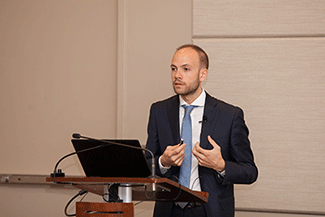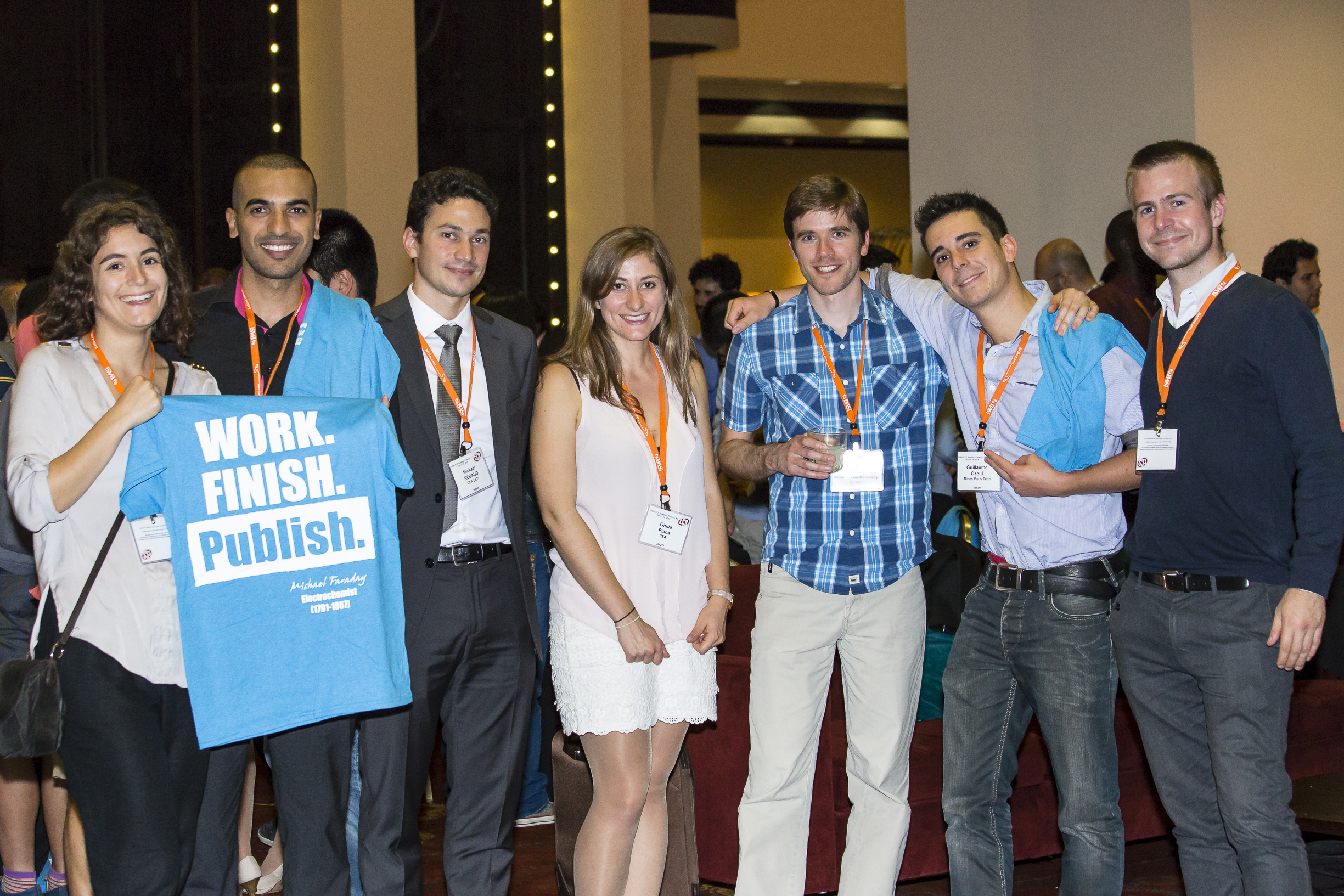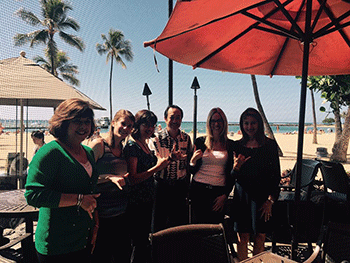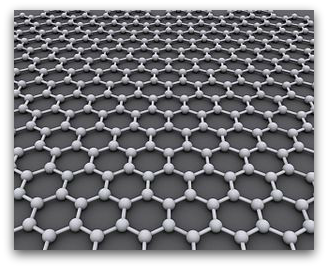Deadline for Submitting Abstracts
April 15, 2016
Submit today!

Matteo Bianchini during the Battery Division Student Research Award session at the 228th ECS Meeting.
Topic Close-up #2
SYMPOSIUM M01: Chemical Sensors 12. Chemical and Biological Sensors and Analytical Systems.
FOCUSED ON broad discussions of research and development in the field of chemical/bio sensors and analytical systems, with the goal of presenting the broadest possible coverage of modern chemical sensing methods, highlighting the current state of the art in basic and applied sensor R&D.
FEATURING several international invited speakers and numerous contributed presentations and posters on the broad topic of chemical/bio sensors.
STUDENT POSTER COMPETITION will be held during the symposium. A limited number of student travel grants are also available Refer to the PRiME 2016 Call for Papers for details.
PROCEEDINGS VOLUME will be published, available at the meeting. Learn about all the topics!
Topic Close-up #3
SYMPOSIUM A06: Failure Mode and Mechanism Analyses
FOCUSED ON the studies of fundamental aspects of battery degradations, including experimental characterizations, in situ or ex situ; analytical techniques, modeling and simulations, and hypotheses that propose mechanisms that can explain various degradation and failure behaviors in battery systems under normal operating conditions as well as abuse scenarios; battery management systems that monitor, detect, analyze, and control effects associated with battery degradation to allow reliable and safety operation of batteries.
NOTING THAT this symposium is designed to provide a dissemination forum on various topics related to battery failure mode and mechanism studies, including those related to battery degradation (both catastrophic and non-catastrophic) phenomena investigations, life prediction, diagnostics and prognostics, and modeling that deals with these phenomena. Learn about all the topics!
Did You Know?
Students can be eligible for the General Student Poster Session awards by submitting an abstract to Z01 – General Society Student Poster Session.
Important Dates
- Take advantage of exhibition and sponsorship opportunities:
Deadline: June 15, 2016
Full papers presented at ECS meetings will be published in ECS Transactions.






